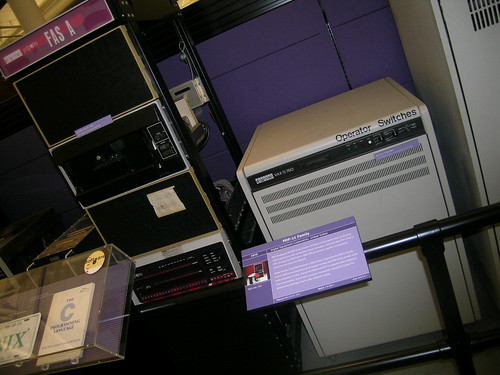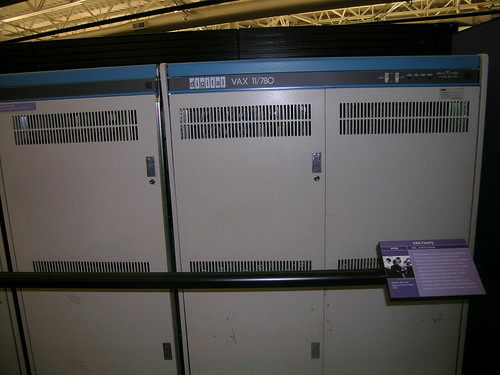
With so much emphasis in the software industry these days on speed and efficiency, some companies might sell products on the stance that you "don't have to write a single line of code." However, in the view of Peter Mezzina (right) of EMC's PowerLink development and support unit, there is no such shortcut with AJAX development.
Mezzina said coding is very necessary to creating a rich AJAX application. “I don’t see any easy way around it. I’ve been doing this for a long time, and depending on what particular technologies are en vogue at a given point in time, you find vendors that advertise the notion you can automate the creation of an application,” Mezzina said. “In the end, the things that are high quality require coding, and that’s inevitable. I think there’s a perception you can avoid that, but it’s unrealistic in my opinion.”
That is not to say that coding cannot become less complex. Mezzina's team uses Backbase's AJAX product, and the tool simplifies coding by packaging data transfer. Mezzina said this could serve as "shorthand" when writing code.
R.J. Owen, senior developer at Denver-based user interface designer EffectiveUI, said that he'd like to see more code conventions added in RIA development. “Personally, I’ve gotten to the point in my programming career where I prefer languages that allow a lot of conventions over configuration—languages that are really dynamic and enforce some structure on your code but enable you to write less code,” Owen said.
I guess the next step for RIA companies is to find a happy medium between reducing complexity of code writing and not sacrificing quality.





.gif)





















